Immersive science-art exhibition opens at Glasgow Science Centre
A new immersive exhibition, Polar Zero, opens at Glasgow Science Centre this weekend (2 October), injecting an artistic and cultural dimension to the climate negotiations at the Conference of the Parties of the UN Framework Convention on Climate Change (COP26) in November this year.
At a time of accelerating global warming, rapid melting of glaciers and rising sea levels Polar Zero invites us to pause and reflect on humanity’s impact on our past, present and future climate.
The centrepieces of the exhibition are a cylindrical glass sculpture encasing Antarctic air from the year 1765 – the date that scientists say predates the Industrial Revolution – and an Antarctic ice core containing trapped air bubbles that reveal a unique record of our past climate. The exhibition theme is one of hope and optimism.
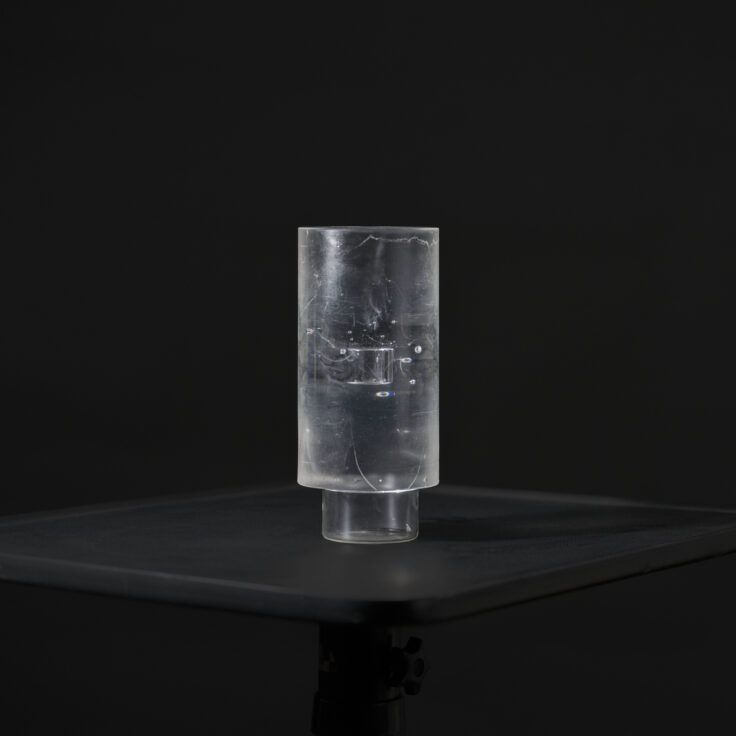
Polar Zero, a collaboration between British Antarctic Survey (BAS), global engineering and consulting firm Arup and the Royal College of Art (RCA), is funded by the Arts and Humanities Research Council (AHRC).
The Royal College of Art’s Wayne Binitie is an AHRC-funded PhD student and the artist behind Polar Zero. His work is inspired and informed by the urgent need to address the climate crisis.
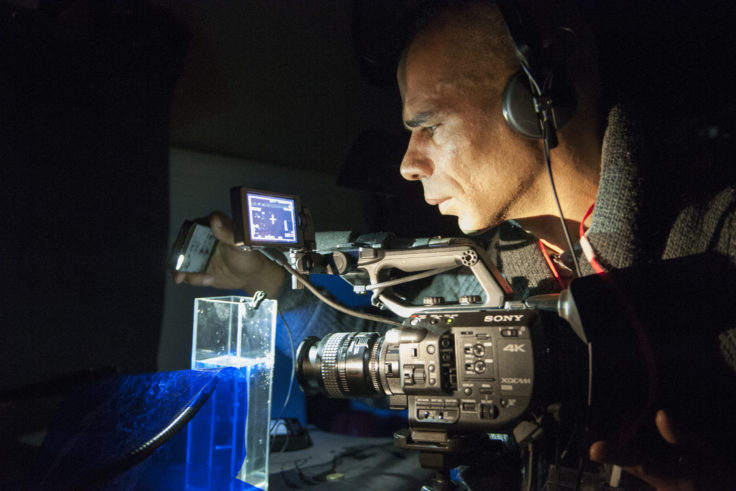
He says:
“About five or six years ago I formed a unique relationship with BAS and Arup. Our collaboration involves artistic creativity, ice core science and advanced engineering. It’s my hope that people who experience these works will gain a better understanding of humanity’s impact on the natural environment and its climate systems.”
Ice cores are cylinders of ice drilled out of an ice sheet or glacier. They contain information about past temperature, and many other aspects of the environment. Crucially, the ice encloses small bubbles of air that contain a sample of the atmosphere – from these it is possible to measure directly the past concentration of gases (including carbon dioxide and methane) in the atmosphere.
1765 –Antarctic air encases an air sample extracted from an Antarctic ice core and preserved forever within the sculpture. This air connects us with a pivotal moment in the Earth’s history, the dawn of the industrial revolution. BAS ice-core laboratories reveal 1765 as a crucial date after which human activity began to fundamentally accelerate the growth of greenhouse gases in the Earth’s atmosphere.
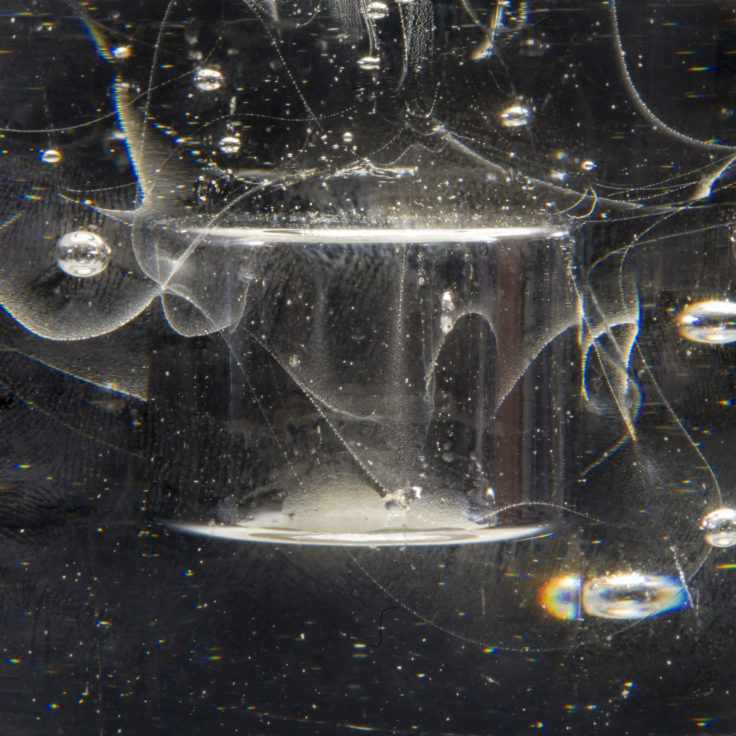
Over 250 years ago Scottish inventor James Watt improved the steam engine to reduce waste and cut fuel costs. This innovation sparked the Industrial Revolution and a chain reaction that changed the world.
BAS Glaciologist Dr Robert Mulvaney says:
“Our ice core research reveals the human impact on our climate. This research collaboration with Wayne will, I hope, encourage people to think about the past, present and future. It has been a journey of discovery for artist, scientist and engineers, involving high levels of creativity that I’ve found very exciting. Exchanging ideas in the ice core lab or over a coffee was stimulating and I hope that people visiting Polar Zero get a sense of that. Antarctic ice is an archive of the Earth’s hidden climate history. The skill of the artist is in helping us tap into human emotion to provoke curiosity, action and hope for the future.”
Arup’s engineering expertise was critical to realising Polar Zero. This is the first time that anyone has attempted to extract ancient air from an ice core and encase it within a glass sculpture. Exhibiting an ice core without it melting completely is a technical feat that requires precise calculations and creative thinking to construct the right level of insulation while still allowing the visitors to get up close to the ice.
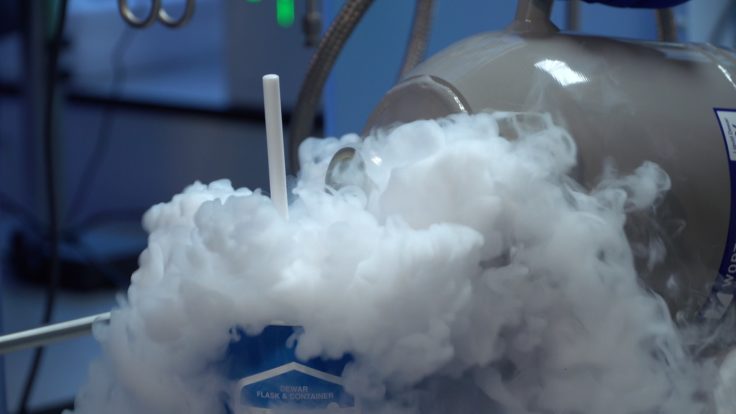
Arup Fellow, Graham Dodd leads a team of materials scientists and engineers. He says:
“Creating Polar Zero has been a fascinating technical challenge. Central to the exhibition is the interplay of art, science and engineering and the collaboration gave us a tremendous opportunity to do something truly innovative. We hope visitors will leave inspired by the ambition of artist, scientists and engineers in working together to highlight the urgent need to address the impact of human activity on our planet.”
Visitors to Polar Zero will experience the sound of ancient air bubbles popping as an Antarctic Peninsula ice core emerges from an insulated tube. As it drips and melts away it captures the fragility of the polar ice. Audio recordings of these ancient gases escaping from ice cores have been incorporated by the artist into a musical soundtrack that evokes the sense of time ticking away, completing this intimate multi-sensory experience.
Fragments from Ice Stories – personal anecdotes, memories and oral testimonies from national and international scientists and experts’ lived experiences of the Arctic and Antarctic – hint at the science that inspires the artworks.
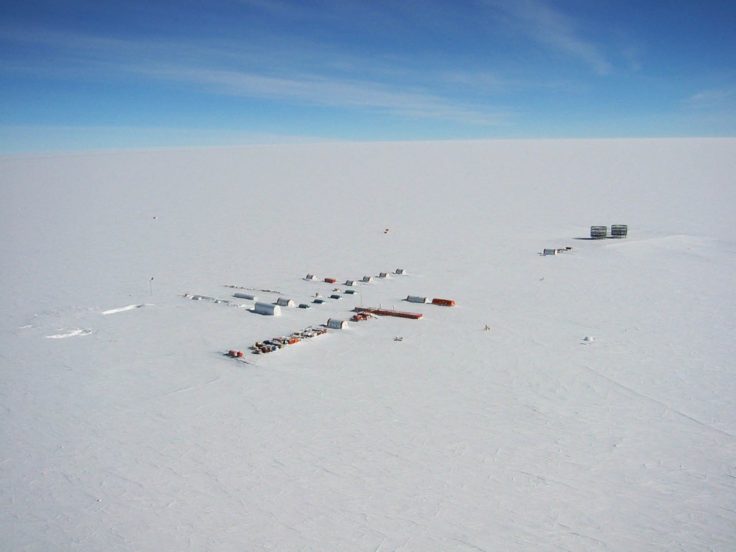
Professor Christopher Smith, AHRC Executive Chair, says:
“Polar Zero epitomises the power of the arts and arts research to tackle pressing contemporary issues such as climate change. It translates crucial but complex scientific research in a way that will resonate deeply and emotionally with diverse audiences to inspire lasting change. AHRC is proud to support this ground-breaking exhibition which demonstrates what can be achieved when the arts and sciences come together.”
Dame Jo da Silva, Global Sustainable Development Leader, Arup says:
“Art is very important because it can encapsulate a lot of complexity. With a subject like climate change – which is so incredibly complex – we need to engage emotionally.
When you look at a piece of art that has been stimulated by climate change, it sets your mind turning over and you contemplate things in a different way.”
Explore all aspects of the Polar Zero climate science-art collaboration here on the British Antarctic Survey website project pages: https://www.bas.ac.uk/project/data-as-art/polar-aesthetics/polar-zero/
Ejoy an online preview of the Polar Zero exhibition at Glasgow Science Centre’s digital science festival on climate change, Curious About Our Planet: https://curiousabout.glasgowsciencecentre.org/ourplanet/atmostheatre/polar-zero/